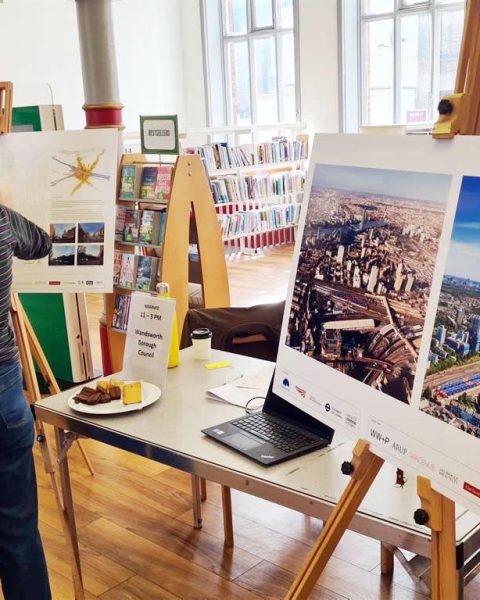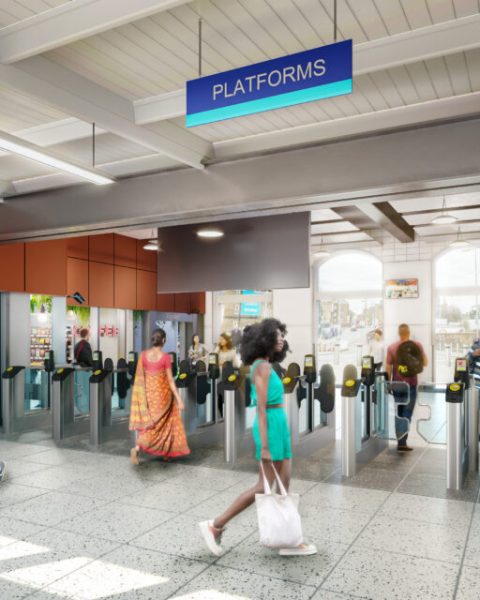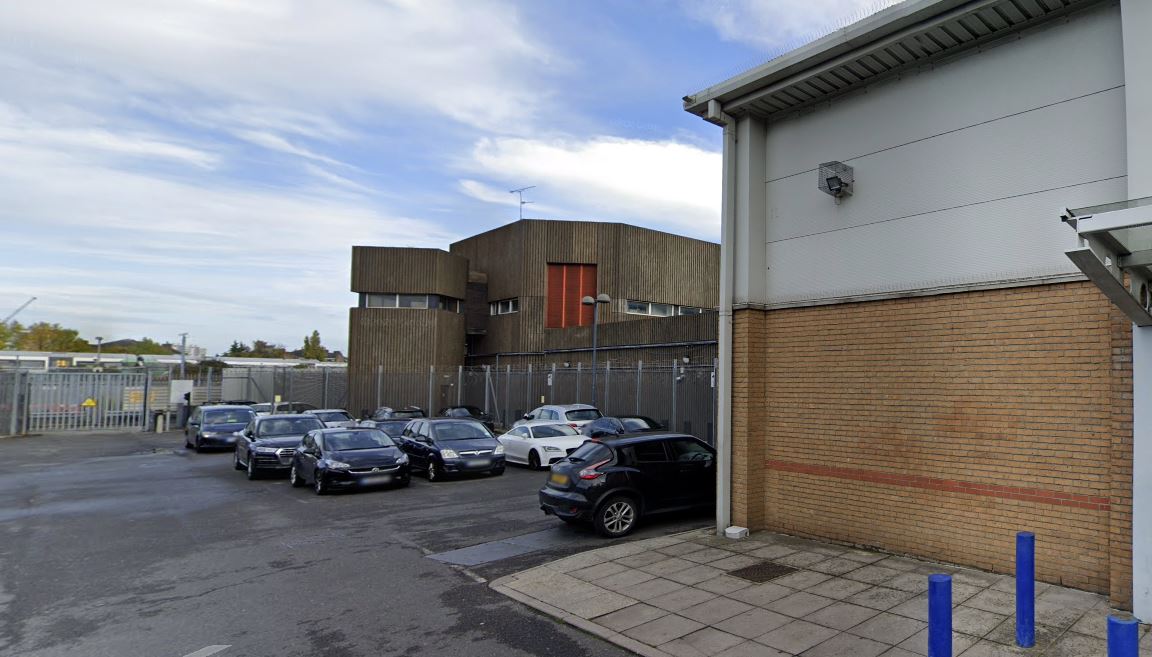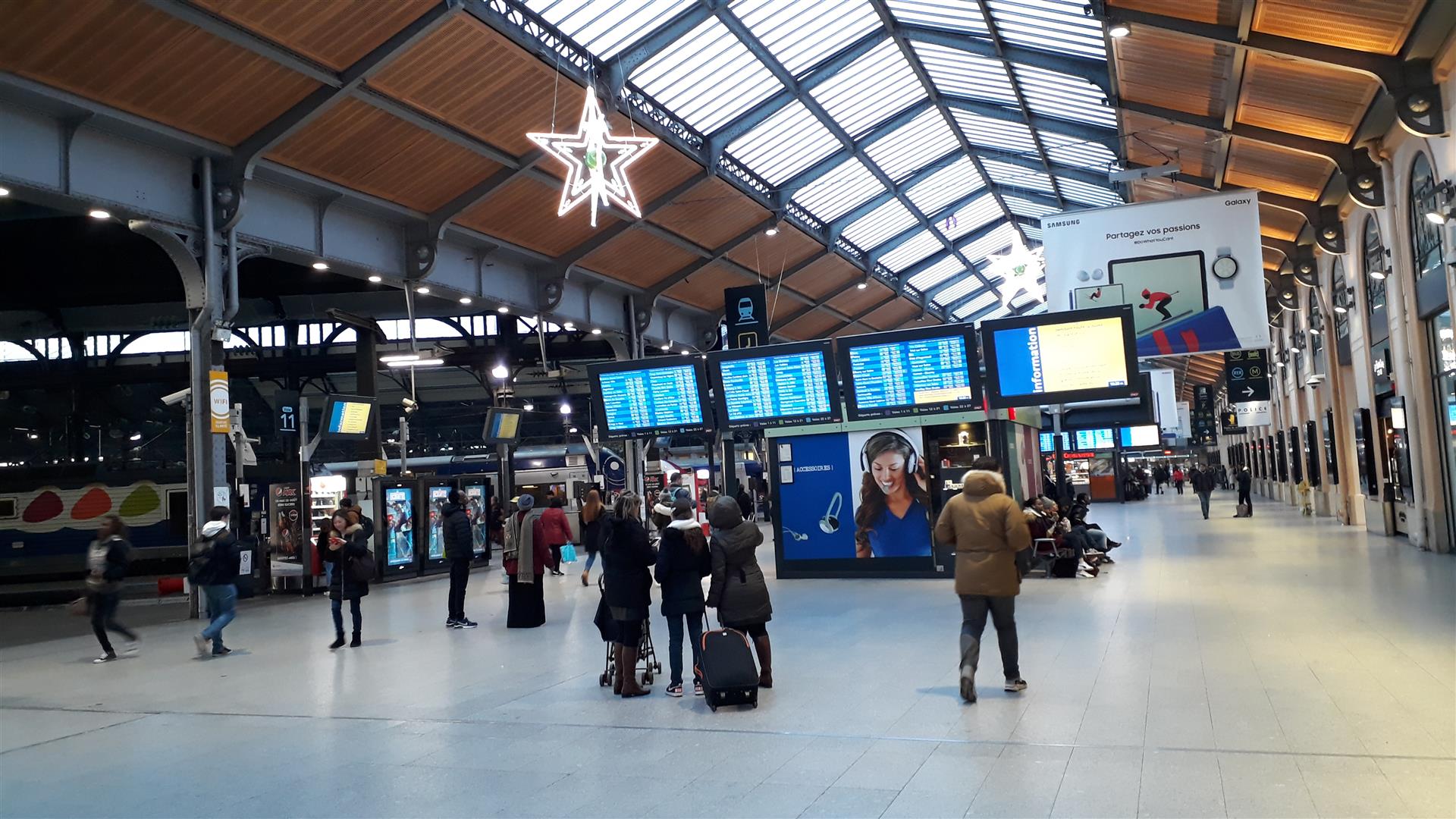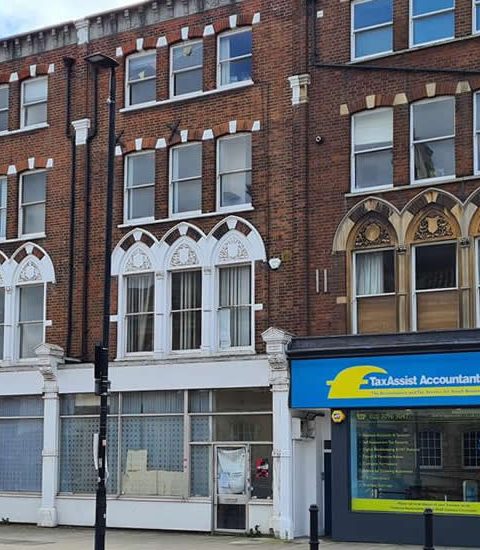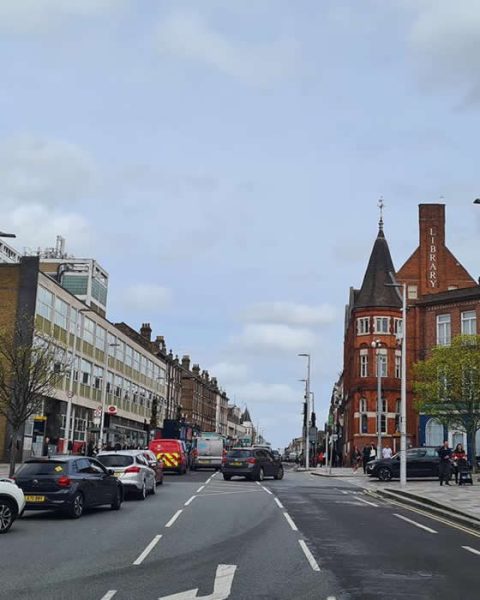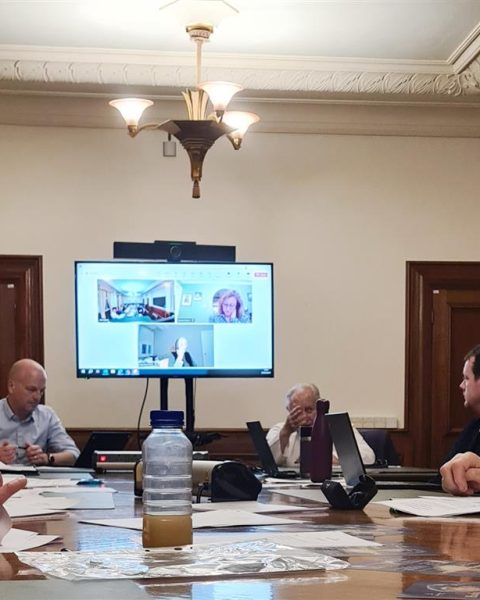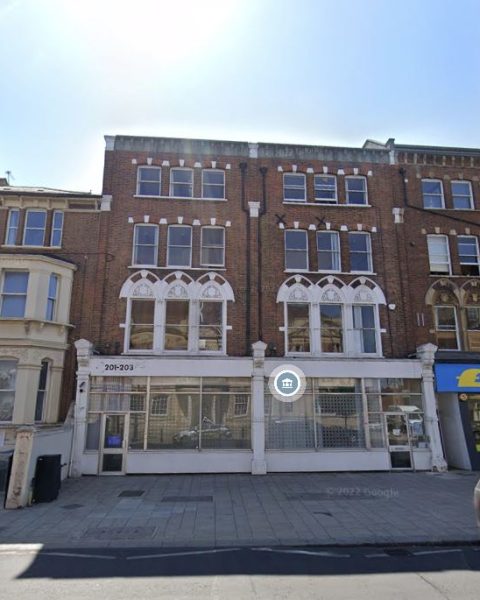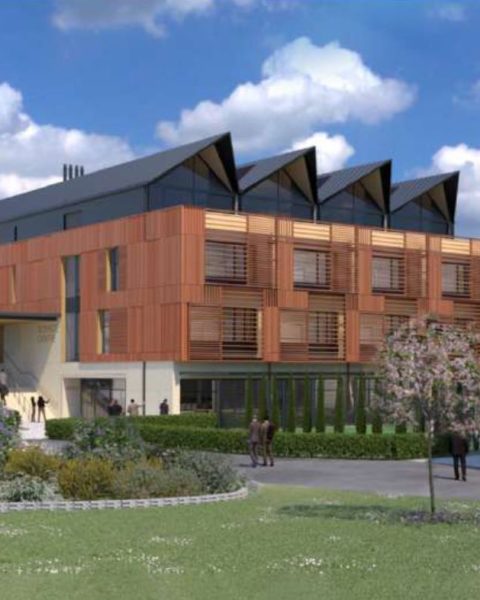Author: Cyril Richert
A report released by a consulting company and commissioned by Network Rail, insists on the multiple benefits of station investment: it stimulates economic growth, exceed the benefits of standard transport investment, increase property values.
I was contacted in July 2011 by Steer Davies Gleave (international transport consultants) to give the views of the group on Clapham Junction Station redevelopment. The aim of their study was to quantify the local and national benefits from station investment, particularly focusing on broader impacts on regeneration, development, land use and other wider effects.
The final report has now been released. The headline findings and full report can be found on the Steer Davies Gleave website, but they expect Network Rail to publish the document at some point in due course.
The report published seeks:
- To investigate the commercial potential of station development;
- To quantify, as far as possible, the impact of station investment on the economy; and,
- To identify the implications for future station investment.
Based on interviews with over 60 stakeholders (but focusing often on Manchester Piccadilly, Sheffield Station Gateway Project or Birmingham New Street, which give good example of the broad impact of regeneration), and economic modelling and case study investigations, the key findings of the research were:
- Stations can have a major impact on the towns and cities that they serve, often acting as regional gateways, helping to stimulate economic growth and attract businesses.
- The productivity benefit associated with increased development around stations enabled by station investment can exceed those benefits estimated by traditional transport appraisal techniques by 5 to 7 times.
- Investment in Sheffield Station and the surrounding area contributed to a 67% increase in the rateable value of property within 400 metres of the stations between 2003 and 2008 – three times the average increase for Sheffield over the same time period.
- Investment in Manchester Piccadilly Station has similarly helped to create 650,000 square feet of new and refurbished office space and to increase property values by some 33%.
- Obtaining maximum value from station investment often requires supporting investment in the area surrounding a station, especially where there is a legacy of under-investment in adjacent land and property.
- At the same time, station investment can act as a catalyst to broader development providing there is an appropriate balance between railways’ operational, commercial and regeneration objectives.
- Almost all stakeholders interviewed identified the significant contribution that railway stations can make in attracting inward investment to a city or region.
A parliamentary report suggested that transport improvements should be aimed at “tackling problems and shortages”. Over the £35b funding available to NR for the period 2009-2014, a third is to be spent specifically on increasing capacity (either through major projects such as Thameslink, £2.7 billion, or Crossrail, or through smaller-scale investments).
Clapham Junction, named the second worse station in the country last year, has already been listed to recieve some money from that pot with a few projects to lengthen platforms:
- Prior approval applications for lengthening platforms 3 and 4 (October 2010), and 1 and 2 (2011) have been determined. This will allow South West Train to operate 10 car local services;
- The lengthening of platform 15 is due to be determined shortly.
Network Rail is also considering further plans to extend platform 17 and for congestion relief for their next funding period 2014-19, according to a letter received from Wandsworth Council.
The first words of the report highlight the importance of rail-stations:
“The rail network makes an unrivalled contribution to the sustainable growth of the UK economy, providing millions of people with access to jobs, goods and services. There is no more visible evidence of this contribution than that afforded by the role of railway stations in their communities.”
As stated in the document, the study is not about operational improvements (changes to
the number and / or configuration of platforms, frequency of trains…) such as what is planned for Clapham Junction currently, which relates to train services. It is focusing on passengers flow, increasing the overall capacity of the station… etc.
The study says:
“In principle, various improvements can be made to a station in order to increase passenger satisfaction with the environment. These include changes designed to increase the level of natural light within station building and below station canopies, measures to remove clutter and improve sightlines within and between the different areas of the station, and better signage to assist way finding. Such investment will invariably improve passengers’ sense of well-being, making them feel more comfortable and, as discussed further below, potentially more inclined to use retail, catering and other facilities. Further, in certain circumstances it may also encourage a ‘sense of place’, with the result that the station becomes a destination in its own right rather than a transitory stage in a journey. […]
Improvements in access can include a range of measures providing for better connections between a station and the surrounding area or quicker onward connections to other destinations. These may take the form of new pedestrian links, better way finding. […]
Effective exploitation of commercial opportunities in and around a station will generally have a direct impact on the level of economic activity in the area that it serves, stimulating investment as well as creating employment . […] “
Beside the passenger experience, it gives example with the benefits of enhancing the retail (Birmingham High Street) or Offices (London Bridge, Cannon Street) as well as mix use developments. But it also highlights the ongoing need to take account of planning issues, warning scheme promoters that they should not assume that regenerative impacts will necessarily outweigh other concerns.
Those are many of the things that we have raised in our proposal, and that we would like the Council to address with a broader vision.


